
Confessions of a conservative civil rights activist
I decided to write this highly personal commentary before I am the next victim of the Cancel Culture – those folks on the left who are not only in the business of crushing dissent, but of shutting down anyone who does not parrot their narrow mendacious narratives.
It seems my greatest sin is not embracing their campaign that everything President Trump says, does or thinks is evil and/or stupid. The greatest enemy of progressive ideology is knowledge – and that is why they shut down civil dialogue in favor of dogmatic belief. Informed people are not gullible – and that is why they need to close off challenging opinions. They cannot defeat them with facts, logic or common sense. So, they must resort to the methods of authoritarians – consistent propaganda.
My position on racial equality and civil rights is a case in point. Since I am a conservative, the left automatically proclaims me to be a racist. They find it audacious for me to refer to myself as a civil rights activist even though they know nothing about me or my history.
My civil rights activism stems from my long-held belief in the moral and human equality of all peoples on earth – and that they (we) are imbued with inalienable rights that transcend any and all difference in race, ethnicity, religion, gender and sexual preference. Rights that cannot be legitimately denied or assumed by government.
I have never hated a human being – and never made stereotyping judgments about any class of people. I respect – or do not respect – on an individual basis.
I also recognized early in my life that certain classes of people were treated unfairly by “the system” – and above all were our fellow Black citizens. I saw institutional racism up close during my formative years in Chicago.
So, I became a civil rights activist. Oh, not the sort that pays lip service to equality but does nothing about it. Or the sort that feigns being a civil rights activist while gaining power, prestige and profit by baiting the very racism they purport to abhor.
I have never been afraid of using my voice or pen in support of equal rights and opportunities, but talk is cheap. I had seen a lot of that from the so-called “limousine liberals” of Chicago’s political, business and civil communities.
So, what did civil rights activism look like in my past?
- As president of the Knox College Young Republicans, I grew the organization to be one of the biggest campus GOP’s in the nation – brought Blacks, Hispanic and women into the leadership ranks.
- After college, I volunteered for Call for Action, an NGO that was fighting against intolerable and dangerous living conditions in the inner city. That meant I went into the homes of the poorest and most disadvantaged in my city – and documented the horrific violations of the building codes that the folks in city hall refused to address. One of my most traumatic experiences was when I learned that a young boy I met had died due to one of the very conditions I was investigating at the time.
- As a newly-wed in Washington, D.C. my wife and I gave our entire savings — $1000 at the time – to a young Black friend so she could attend nursing school.
- In the 1960s, A Black friend, Connie Mack Higgins, and a Mexican friend, Jose Carlos Gomez, formed an alliance to promote greater Black participation in the Republican Party. We succeeded in getting Higgins elected as the vice president of the Illinois State Young Republicans – a first. We lobbied to get him nominated to be the head of Minority Business Development in the Nixon administration, where he doled out hundreds of millions of dollars to fledgling minority-owned businesses. We later laughed that we had formed a “rainbow coalition” before Jesse Jackson used the term. Higgins was an usher at my wedding in 1973. My Jewish college roommate was one of the other ushers.
- In the early 1970s – while living in Evanston, Illinois, I formed the Evanston Coalition with Black activist Hecky Powell to bridge the racial gap – and to promote that oft-desired dialogue on race. Hecky went on to run one of the most popular ribs and hot dog restaurants in the region. He and I remained friends to his recent death from the Covid-19 virus.
- When my kids were very young, we hired a Black high school girl to babysit. We had to rescue her one evening from an abusive home situation. She has been a member of our family – my daughter – for more than 40 years … and counting.
- As executive director of the City Club of Chicago, I elected a number of Blacks, Hispanics, Native Americans and women on the governing board in leadership offices.
- I put the City Club in support of Probation Challenge run by Black minister Reverend Harold Bailey. It was a civic operation working to reduce the recidivism of recently released felons – and producing notable positive results. Their main problem was a hostile lack of cooperation from city hall. We were so successful in building media support for the organization and for Bailey that he was eventually appointed to the board overseeing County Jail operations – and eventually rose to the chairman of the board under Mayor Harold Washington. Though 1000 miles apart now, Bailey and I remain Facebook friends.
- When I founded the Public Policy Caucuses, I brought Blacks and Hispanics into leadership positions. In fact, virtually every organization in which I had a leadership role, I promoted the inclusion of minorities when they were underrepresented – or not represented at all.
- I worked with Marva Collins – founder and headmistress of Westside Prep – a private school devoted to the education of mostly Black kids from the education desert on the segregated west side of Her school proved that poor Black kids would learn as well as anyone when given the proper educational atmosphere. Regardless – or because of – her operation was being harassed by city hall and deprived of necessary funding. I worked with her successfully on both those issues. Her story was made into a movie, “The Marva Collins Story” starring Cicely Tyson.
- My family served as hosts for an ongoing program called “Chicago Dinners,” through which people of various racial backgrounds were invited to the home for dinner and dialogue.
- In an effort to derail the resurrection of the racist “Daley political Machine,” I signed on as campaign media advisor for Chicago’s second Black Mayor Eugene Sawyer – who was appointed to the office after the sudden death of Mayor Washington. We lost – and the old machine and the old policies continued for another generation.
- In a second attempt to bring down the racist Daley regime, I ran for the Republican nomination for mayor. To be perfectly frank, there was no chance I could win a general election. But if I were to get more than 15 or 20 percent of the White vote, the Black third-party candidate, Roland Burris, had a shot at winning the three-way contest. We were … to use the word … colluding. Several Black ministers sighed on to my campaign – most never having supported a Republican in the past. I did not get the nomination because 40 percent of the GOP primary ballots for mayor were never counted. But that is another story.
- I had two opportunities to fight against racism in public education as the senior consultant for two of the largest predominantly Black school systems in America – the Chicago and the Detroit boards of education. Working with truly reform-minded educators, we were able to expand real education for segregated minorities. In one labor negotiation, the head of the teachers’ union demanded the end of a successful charter school experiment – locally known as “empowered schools.” The final contract expanded the program from approximately five schools to 45 schools providing quality educations for disadvantaged students.
- I have spoken in so many Black churches that I often jest that anyone who has spoken in them more than me is called “pastor.”
- I share a special bond with many Black families. I lost a Black Marine grandson (pictured above) in the war in Afghanistan. In these modern times of cellular phones, we were able to talk frequently even from the war zone.
- My 50 years of writings, interviews and talk show appearances are peppered with the subject of civil rights and racial equality.
- In addition to these activities, there have been literally thousands of moments when I used opportunities to improve race relations and to overcome systemic and institutional racism. It has been one of the passions of my life.
Despite all this, my credentials as a civil rights activist are not only questioned but demeaned and nullified by the Cancel Culture. I have been called a racist … a white supremacist. And why? Because I will not accept the false narrative of racism in America today. It is a narrative that excuses generations of failure in the past without any hope of improvement in the future. It is a narrative that deflects the blame from those responsible.
While I have seen, understand and fought against institutional racism where it exists, I do not accept that America is a racist nation and that White people in general, are racist. I do not accept the false political narratives that reject examining institutional racism where it in fact occurs today – in our major segregated cities. I do not accept the entire bogus history of racism in America as viewed through the partisan political lens.
I am called a racist because I do not see all Black people as victims of racism, but do see millions of Black Americans as victims of institutional racism in our major segregated cities – doomed to generational oppression by political policy.
It is not easy to stand against widely-accepted and ill-founded beliefs, but I will perceive in exposing the fact that the greatest vehicle of racial injustice and Black oppression in America historically – and today – is the Democratic Party. I have seen it and experienced it my entire life. I have written a fact-based book on that very subject – which is unlikely to be published by the left-leaning publishing industry that has been practicing Cancel Culture on writers like me for decades.
I wonder if those who call me a racist could even come close to matching my life-long personal record of activity on behalf of civil rights and human equality. I doubt it.
So, there ‘tis.


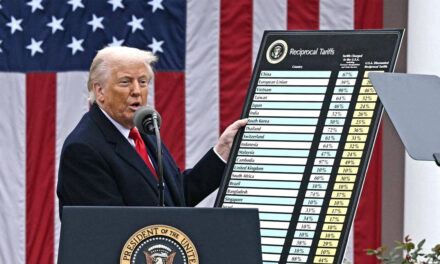
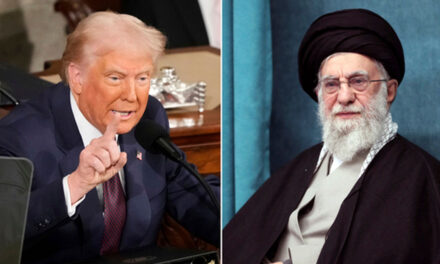
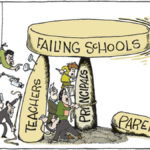

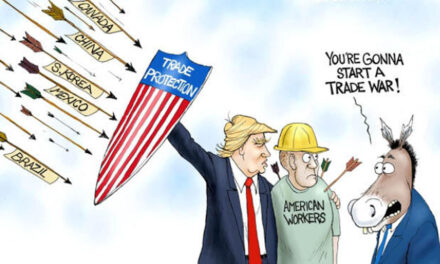
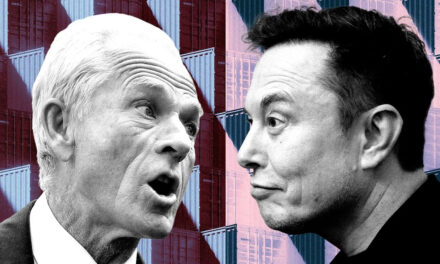



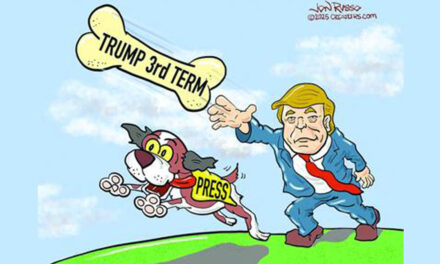
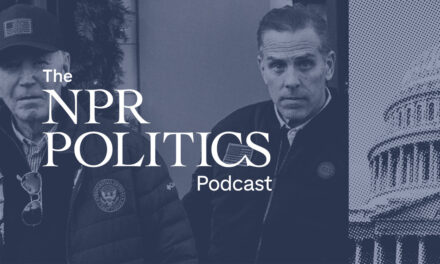


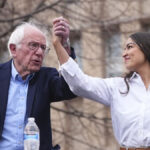

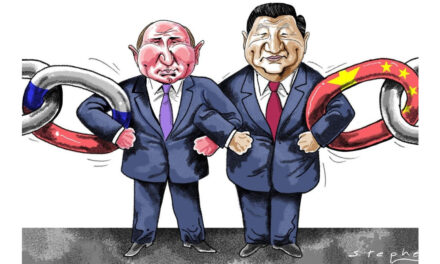
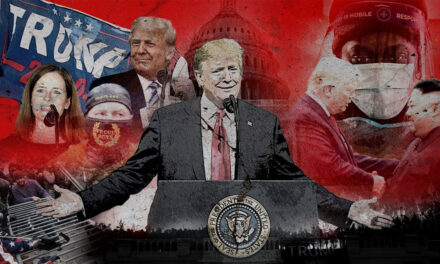
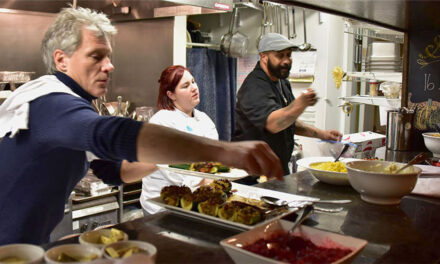
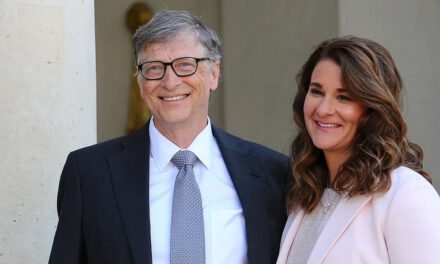
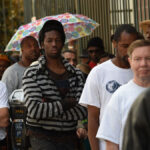

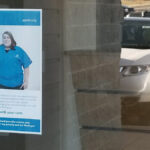
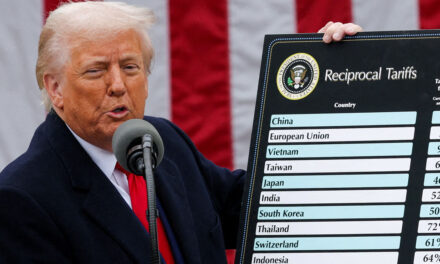
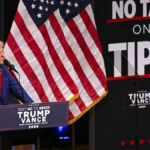
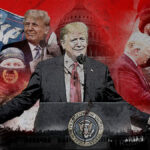
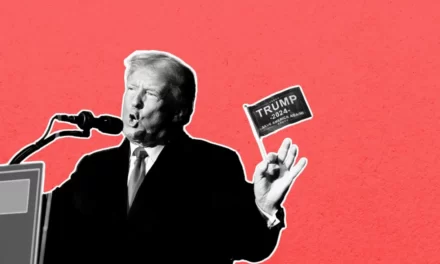
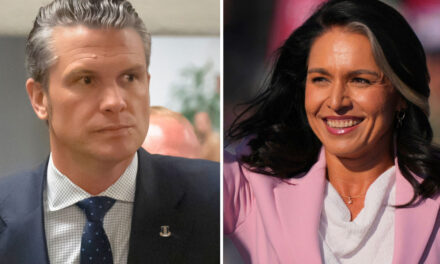
Thank you for your inspiring story. I love all your articles. Unlike numerous others, you have lived out what you believe. I look forward to more insights from you. I fear for the younger generations growing up in this culture. I hate being called names for my preferences. I fear that our educational system is so corrupted it may lose us the America I love.
Anyway thank you. I am grateful to hear more voices of conservatives speaking up. I hope that the silent majority still exists and votes for Trump this fall. Otherwise i am glad to be as old as I am to not live to see the destruction of our country.
I am sorry you feel you have to defend your writing and actions. This is a crazy world we are living in and it has come to this – prove you have a black friend and we won’t haunt you. Thank you for your insights, words and actions. Conservative, Catholic Mom